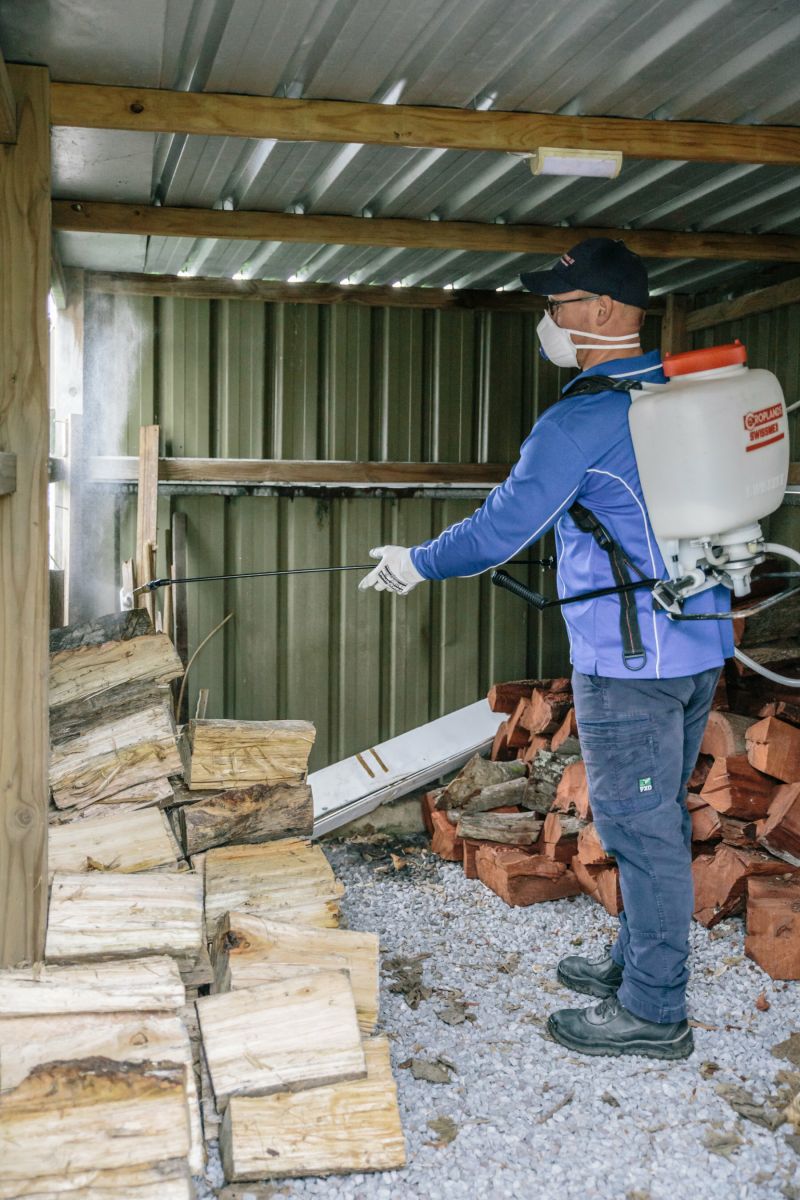
Weather plays a vital role in our daily lives, from enjoying a sunny day to providing much-needed rain for our gardens and farms. But did you know that the weather also has a sneaky way of impacting the pest control industry? When the weather decides to go wacky, it can lead to increased outbreaks of the pesky critters we're constantly trying to keep at bay. It also changes the effectiveness of pest control treatments.
We're used to dealing with these everyday weather-related problems. But sometimes, when extreme weather persists for longer than expected, this can pose a major challenge for pest management.
The impact of La Niña on Australian pests
La Niña is part of a natural climate cycle that likes to switch things up between La Niña (cooler than average temperatures) and El Nino (warmer than average). The cycle, particularly La Niña, is essential to avoid drought conditions and is usually a welcome relief when it arrives.
However, issues such as record rainfall can be widespread when we experience multiple years in a row of La Niña, such as in recent years. According to those weather wizards at the Bureau of Meteorology, the impact of La Niña continues right into the warmer months and shakes things up even more. In fact, during La Niña years, the summer rainfall in eastern Australia (from December to March) jumps a whopping 20% higher than the long-term average.
Boosting the pest population
So, why all this talk about the weather? Wetter weather conditions associated with La Niña create a favourable environment for the proliferation of pests. It's like a welcome sign for the pests to come party. They love the damp and humid conditions that result from heavy rainfall. Mosquitoes absolutely adore stagnant water, and when it rains a lot, they have a heyday laying their eggs and multiplying like crazy.
But it's not just mosquitoes that get all excited with the wet weather. Termites are also big fans of moisture. When the soil becomes saturated with all that rain, it creates the perfect breeding ground for these little wood-chomping critters. Suddenly, your cozy home or office building becomes a five-star termite resort. Rats and mice also take advantage of the wetter weather and abundant food, leading to higher populations in affected areas.
Impact on Pest Control Treatments of extreme weather
So, here's where things get tricky for us in the pest control business. Dealing with pests is already a busy job, but when extreme weather, like a never-ending rainstorm, sticks around for longer than expected, it throws a major wrench in our plans.
Our product requires surface areas to be dry before treatment, so our General Insect Treatment (GIT) can't be applied externally during rainy weather. Our treatments are rain fast, but when exposed to persistent rain, the insecticide can be washed away, reducing the duration of its protection. Similarly, we don't spray outdoors if it is windy because we can't control where the spray may land.
Adapting to extreme conditions
As a leading pest control service provider, we constantly adapt our approaches to ensure effective pest management even during adverse weather conditions. Our team has the knowledge and expertise to address the unique challenges weather patterns present.
The weather, particularly during La Niña events and periods of increased rainfall, boosts pest populations and impacts pest control treatments. At Spiderman, we've seen it all, and we prepare and adapt our pest management strategies to ensure effective and sustainable solutions. We're always ready to tackle whatever challenges the weather throws our way.

